Login
SubscribeNews
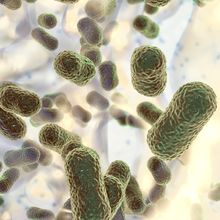
A Novel Molecule to Tackle Drug-Resistant Bugs
Aparna Nathan, PhD | Feb 12, 2024 | 4 min read
A new antibiotic is the first to block a critical transport mechanism in drug-resistant bacteria.

All Roads Lead to Genome Editing
Danielle Gerhard, PhD | Feb 9, 2024 | 6 min read
Shondra Pruett-Miller has taken many paths in her career with her love of genome editing always as a guiding light.

Twisted DNA Increases CRISPR Off-target Effects
Shelby Bradford, PhD | Feb 8, 2024 | 4 min read
Understanding how Cas9 binds off-target sequences can help researchers refine CRISPR-mediated genome editing.
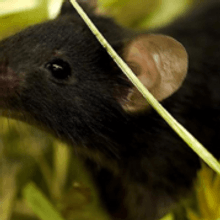
Shielding From Allergies: It’s Not Just About Microbes
Mariella Bodemeier Loayza Careaga, PhD | Feb 7, 2024 | 4 min read
Clean and dirty mice respond similarly to allergens, challenging the idea that reduced microbial exposure is the primary cause behind the uptick in allergies.
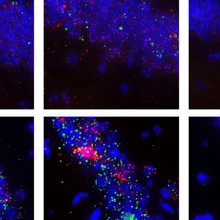
Novelty Activates a Long Noncoding RNA for Spatial Learning in Mice
Shelby Bradford, PhD | Feb 6, 2024 | 4 min read
Genes activated in new environments include those used during development.
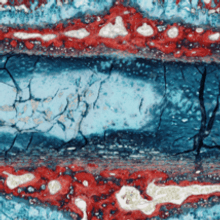
Back Pain Explained
Rachael Moeller Gorman | Feb 5, 2024 | 4 min read
Not all degenerated intervertebral discs are painful; a new study identified a subset of disc cells that triggers a pathway to pain.
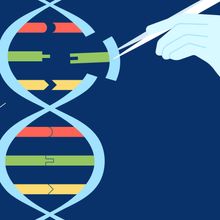
Avoiding Gene Editing’s Unintended Consequences
Tanvir Khan, PhD | Feb 2, 2024 | 4 min read
CRISPR-Cas9 editing leads to widespread loss of the targeted chromosome in human T cells, but scientists recently discovered a way to prevent such loss.
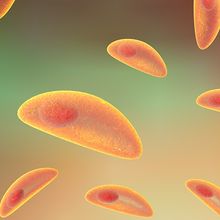
Punctual Proteins Aid Parasites
Laura Tran, PhD | Feb 1, 2024 | 3 min read
A protein’s timely appearance is crucial for Toxoplasma gondii’s unique replication cycle.
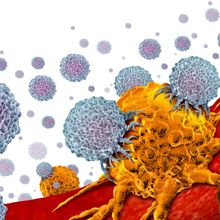
A Master Regulator of Gene Expression
Mariella Bodemeier Loayza Careaga, PhD | Jan 31, 2024 | 4 min read
A CRISPR-based screening platform helped scientists identify a transcription factor that makes CAR T cells better at killing cancer cells.

Microscopic Bowls Uncover the Secrets of Protein Secretions
Rebecca Roberts, PhD | Jan 30, 2024 | 4 min read
Researchers developed a “test tube” so tiny that it can hold a single cell. These vials enabled them to connect protein secretion levels with surface markers and transcriptome data from the same cell.

Researchers CHOOSE Organoids to Investigate Neurodevelopment
Deanna MacNeil, PhD | Jan 29, 2024 | 4 min read
A 3D variation of pooled CRISPR screens could connect the dots between autism spectrum disorder genetics and cell fate pathways in the developing brain.

Zero Gravity, Zero Gain: The Genetics Behind Muscle Loss in Space
Kamal Nahas, PhD | Jan 29, 2024 | 4 min read
Simulated microgravity in mice reveals a constellation of genes that may influence muscle weakening during spaceflight.
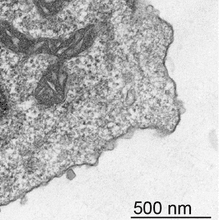
Fatty Feasts May Come at an Immune Cost
Shelby Bradford, PhD | Jan 25, 2024 | 4 min read
Dietary changes rapidly alter T cell metabolism, but the effects can be reversed.
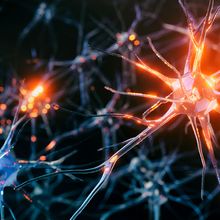
A Gut Feeling About Parkinson’s Disease
Zunnash Khan | Jan 25, 2024 | 3 min read
CD4 T cells mediate gut symptoms that indicate early Parkinson’s disease.
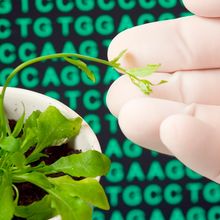
How Plants Protect Their DNA in Space
Deanna MacNeil, PhD | Jan 24, 2024 | 4 min read
Dorothy Shippen and Borja Barbero Barcenilla investigated how spaceflight affects telomeres of Arabidopsis seedlings grown on the International Space Station.
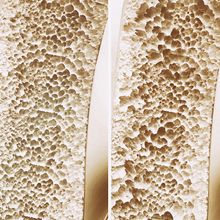
A Molecular Switch for Bone Loss
Mariella Bodemeier Loayza Careaga, PhD | Jan 23, 2024 | 4 min read
Blocking an abnormally active signaling pathway in skeletal stem and progenitor cells alleviates bone mass decline in middle-aged mice.
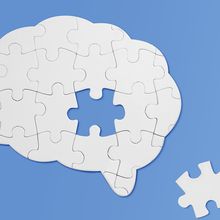
Forget Something? You’re Supposed To Do That
Shelby Bradford, PhD | Jan 22, 2024 | 3 min read
Forgetting things appears to be a productive process and not a passive loss of information.
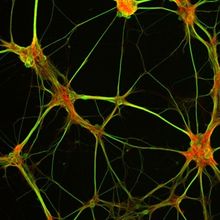
The Problem with Protocols
Tanvir Khan, PhD | Jan 22, 2024 | 4 min read
Faced with a lack of consensus in published protocols, researchers found optimal conditions for enhancing cortical neuron adhesion and maturation in culture.
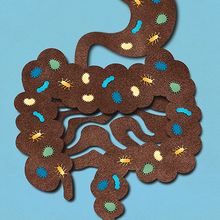
Setting Standards for Stool
Aparna Nathan, PhD | Jan 19, 2024 | 10+ min read
Microbiome studies have yielded hundreds of ideas for ways to detect and influence human health, but the field struggles with reproducibility challenges that hamper bringing these goals to fruition. Identical tubes of fecal matter should help.
